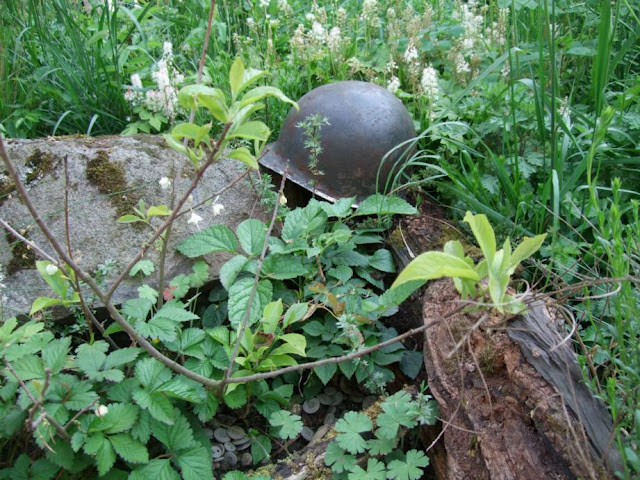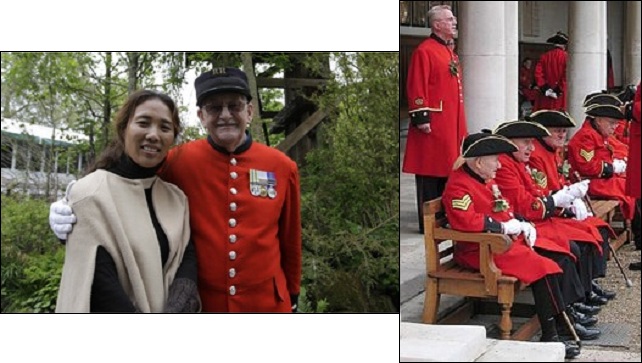Recommended Reading & Viewing
Wednesday, May 30th, 2012I am behind sched on posts for a variety of reasons, but here is an effort to catch up:
Top Billing! Fred Leland – The Anatomy of Victory: What Does It Take To “Win”at Low Cost?
Winning on the street comes in many forms and means different things to different people. Winning in law enforcement encounters can be gaining voluntary compliance through communication and negotiation or it can ebb and flow back and forth through a vast array of outcomes up to and including deadly force. Winning to the cop means one thing while to an adversary winning on his terms is quite another. What about winning in the eyes of the public? How important is public support or decent when we cops use force? What outcomes can we expect during a dynamic encounter, what about in the aftermath, with public support, without it? Does winning at low cost effect our safety and effectiveness in a positive or negative way? Is winning at any cost verses winning at low cost something we should consider more frequently?
We cops know that the use of force is always an option taken as a last resort when we have exhausted all other means and our decision is forced by the actions of the person we are dealing with. Reasonable and necessary force is not something we cops take lightly. Winning in the arena, the places where interaction and efforts are made to resolve dangerous and dynamic encounters, in real time requires a certain breed of person, a person capable of remaining mentally calm. A person who can think both critically and creatively, by critically thinking I mean, the ability to focus and to achieve understanding (real-time situation awareness), evaluates viewpoints, and solves problems; creative thinking is equally important, called fingerspitzenfuhl or the feeling in the tip of one’s fingers or feel for the situation (Napoleon called it a “gut” feeling), we cops call this ability our sixth sense. A person who deals with conflict and violence must also be Intuitive; this enables rapid decision-making without conscious awareness or effort, which is basked in training and experience, a lot of it. Self-awareness, an understanding of one’s own strengths and weaknesses and social skills-the ability, to assess people’s strengths and weaknesses, the use of communication skills, and the art of listening are also part of the strategic game of interaction and weigh heavily in their effects to isolate an adversary and help us to shape and reshape the events in favorable terms….
Logic & Emotion – Thoughts On Altimeter’s Digital Influence Report
Abu Muquwama (Elkus)- Mackinlay On The Domestication of the European National Interest
….The difference, primarily, is that counterinsurgency and counterterrorism thinking have powerfully shaped the way security policymakers look at domestic complex operations challenges. Such a shift goes beyond the simplistic idea of police militarization, as European public security has traditionally featured the expansive use of domestic intelligence and expansive police powers for maintaining order. Though European counterinsurgency and counterterrorism thought has conceptual roots in colonial experiences, the guiding logic behind it can be seen as a liberal response to the same kind of threats that motivated the conservative reaction of the 19th century.
Fast Transients –Patterns: More pieces and parts
So you can see that at its core, Patterns of Conflict is a concrete example of the process that Boyd described in highly theoretical terms—invoking such arcana as Gödel, Heisenberg, and the Second Law of Thermodynamics—in “Destruction and Creation.” In the starkest of terms, Boyd is telling us that “this stuff works.” By implication here, and explicitly in the Abstract to the Discourse, he’s insisting that you can use it, too.
One word of advice: If you and I shatter the same domain, it is unlikely and in fact undesirable that we would end up with the same set of constituent parts. In other words, shattering a conceptual domain is not analogous to disassembling, say, a car. It follows, then, that we would create different syntheses / snowmobiles. This is good; otherwise we’re just applying some type of formulaic dogma, and one of us is superfluous. Plus, if there’s only one school solution, it doesn’t take a Sun Tzu-class opponent to figure it out. So in Boyd’s framework, there can be no single correct answer, and this includes Boyd’s own example that constitutes Patterns of Conflict.
Rethinking Security (Tang) – Guest Post: Essence of Decision (Part II of III) and Guest Post: Essence of Decision (Part III of III)
Highly recommended series for the natsec/diplo history fans.
Global Guerrillas-The Automation of Government Coercion
Steven Pressfield Online –The Hero’s Journey in Myth
Much in the vein of Charles Hill’s thinking about grand strategy and mythic narrative.
Eide Neurolearning Blog –Overthinking and Creativity – Think Like Child
SWJ Blog (Stan Coerr) –Westmoreland: The General Who Lost Vietnam
Intelwire-POSTHUMOUS AWLAKI ARTICLE CLAIMS CIA, FBI TRIED TO RECRUIT HIM AS INFORMANT
Thomas PM Barnett –China: some genuine stake-holding behavior
ScienceDaily –Inequality dates back to Stone Age
Recommended Viewing:
That’s it!











